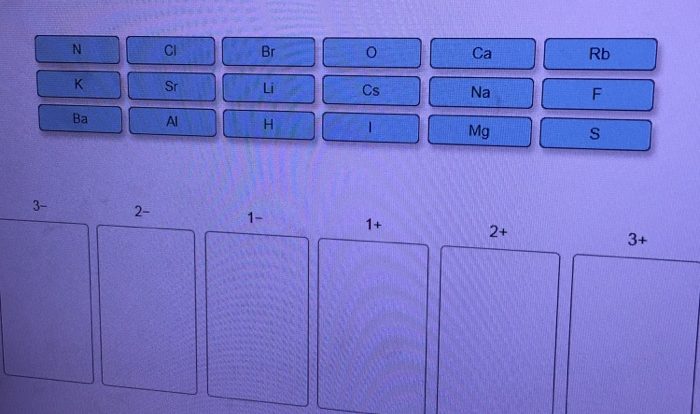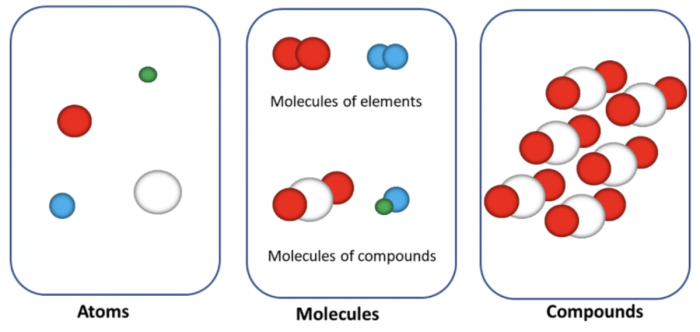Delve into the intricate world of chemical reactions with our comprehensive guide to balancing and classifying chemical reactions worksheet answers. This guide empowers you to unravel the mysteries of chemical equations, unlocking the secrets of chemical transformations.
Balancing chemical equations ensures that the number of atoms of each element remains constant throughout a reaction, while classifying reactions helps us understand the underlying mechanisms and predict their outcomes. Together, these concepts form the cornerstone of chemical understanding.
Balancing Chemical Equations
Balancing chemical equations involves adjusting the coefficients of reactants and products to ensure that the number of atoms of each element is the same on both sides of the equation. This ensures that the law of conservation of mass is upheld.
For example, the unbalanced equation for the combustion of methane is: CH 4+ O 2→ CO 2+ H 2O. Balancing this equation gives: CH 4+ 2O 2→ CO 2+ 2H 2O.
The steps involved in balancing chemical equations include:
- Identify the unbalanced equation.
- Start by balancing the most complex molecule.
- Balance the atoms one at a time, starting with the element that appears in the most compounds.
- Check the balance of all elements and adjust coefficients as needed.
Classifying Chemical Reactions
Chemical reactions can be classified into several types based on their characteristics:
- Combination reactions: Two or more substances combine to form a single product. (A + B → AB)
- Decomposition reactions: A single substance breaks down into two or more products. (AB → A + B)
- Single-replacement reactions: One element replaces another element in a compound. (A + BC → AC + B)
- Double-replacement reactions: Two compounds exchange ions to form two new compounds. (AB + CD → AD + CB)
- Combustion reactions: A substance reacts with oxygen, releasing heat and light. (C xH y+ O 2→ CO 2+ H 2O)
Worksheet Answers: Balancing And Classifying Chemical Reactions Worksheet Answers
Problem 1:Balance the following equation: Fe + HCl → FeCl 2+ H 2
Solution:Fe + 2HCl → FeCl 2+ H 2
Classification:Single-replacement reaction
Problem 2:Classify the following reaction: NaCl + AgNO 3→ AgCl + NaNO 3
Solution:Double-replacement reaction
Additional Examples and Practice
Example 1:Balance the equation: C 2H 5OH + O 2→ CO 2+ H 2O
Example 2:Classify the reaction: Zn + 2HCl → ZnCl 2+ H 2
Practice Worksheet:
- Balance the following equation: CH 4+ Cl 2→ CCl 4+ HCl
- Classify the following reaction: CaO + H 2O → Ca(OH) 2
FAQ Resource
What is the purpose of balancing chemical equations?
Balancing chemical equations ensures that the number of atoms of each element remains constant throughout a reaction, satisfying the law of conservation of mass.
How do I classify chemical reactions?
Chemical reactions can be classified based on various criteria, such as the type of change (e.g., combination, decomposition), the energy change (e.g., exothermic, endothermic), or the presence of specific reactants (e.g., acid-base reactions).
Where can I find additional practice problems for balancing and classifying chemical reactions?
Numerous online resources and textbooks provide practice problems for balancing and classifying chemical reactions. Consult your instructor or explore reputable chemistry websites for further practice.

